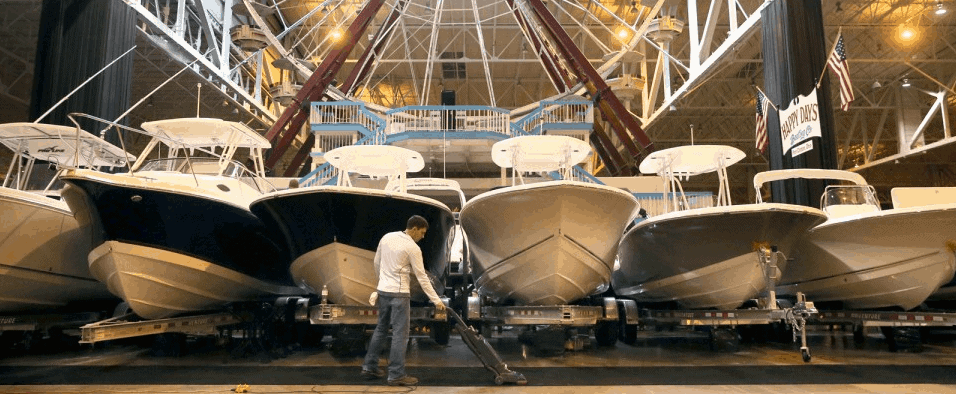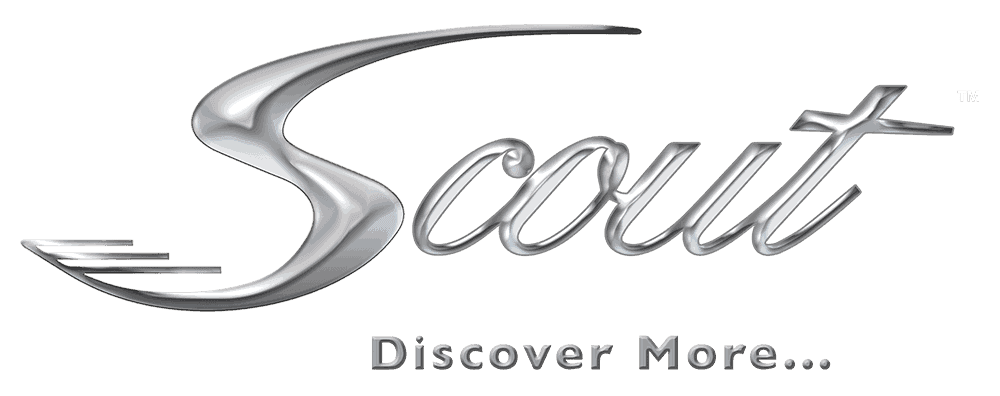
The hull of your boat is one of the most important design features. When it comes to performance, efficiency, smoothness, and stability, everything is riding on the hull.
Whether you’re a nautical expert or you’re considering your first boat, understanding the basics of hull design and the value of a top-quality hull is very important. Here is a simple guide to help you find the best hull design for your needs.
WHAT IS A HULL?
Before we dive into the details of hulls, we need to understand exactly what a “hull” is, and what it is not. The hull is basically the lower shell of the boat, the section that touches the water. It is the watertight body that varies in shape depending on the type of vessel. Another important term to know is the “waterline,” which is the line where the water surface touches the hull.
HULL DESIGNS AND PERFORMANCE
While each manufacturer and designer (including Scout) has their own hull designs, there are some basic hull templates that cover the vast majority of boats.
- Flat bottom. Shaped much like a box, these are shallow boats that have a flat hull, which makes them easier to plane and allows them to travel through shallow waters. They do not handle rough and choppy waters well, so you won’t see many flat bottom boats in saltwater. However, they are great for fishing in shallow rivers, narrow channels, ponds, and small lakes.
- Vee bottom. The vee-bottom hull has an angled design that cuts through the water and provides a smoother ride in rough conditions. They do require more horsepower than a flat bottom, as the hull largely rides through the water, not over it. Scout boats have a vee bottom design, as do most coastal and offshore vessels.
- Round bottom. This is the hull design that you will see under canoes and sailboats. The rounded hull allows a craft to move smoothly through the water. The round bottom is often the most unstable hull design, however, and most prone to rolling.
- Multi-hull. Pontoons and catamarans are considered “multi-hull” boats. Some boats also have multiple vees, which provide stability. Multi-hulls are very stable but often create increased drag, reducing performance and efficiency.
UNIQUE DESIGNS FOR YOUR BOATING NEEDS
At Scout, we use three unique hull designs for the different size classifications in our lineup. Many manufacturers use a single design for all sizes, which compromises performance for either the smaller or larger crafts. Having a specific hull for three different size categories allows us to fit the design to the purpose of the boat.
- Air-Assist. This design is used for our 15 to 19-foot boats. It’s the design that launched the company and is completely unique to the brand. The Air-Assist hull provides a stable, fuel-efficient ride that planes with less horsepower. It’s a great all-around hull that makes smaller Scouts extremely efficient and reliable.
- NuV3. This multi-dead rise running surface is made from variable degree angles in the hull. This creates a soft ride that keeps the deck dry and creates superior fuel-efficiency in our mid-sized boats.
- Stepped Hull. Giving our larger boats roughly 10 to 15 percent in enhanced fuel economy, this design lowers the waterline, creating a faster, dryer ride while increasing performance. The stepped hull helps create the fastest boats in the market segment and allows a vessel to ride with twin engines as opposed to triple engines.
FIND A BOAT WITH A WORLD-CLASS HULL
You can get the boat you’ve always dreamed of with Scout!
Check out our full selection of high-quality vessels or fill out a contact form and we’ll reach out to you with more information!

